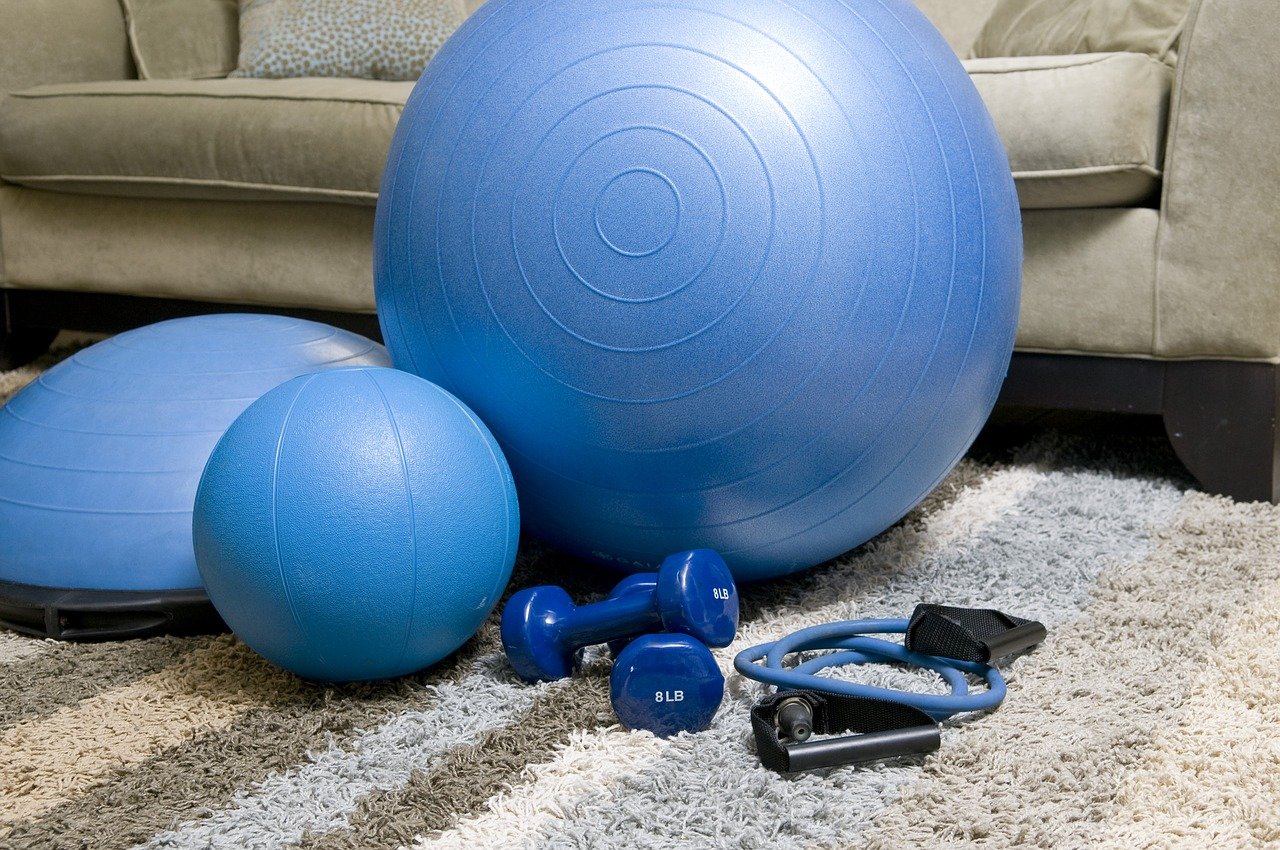The Different Stages of Vein Disease
The truth is, there are parts of our bodies that we observe more than others. When specific body parts have complications, we do not think twice before running to our doctor to avoid a worst-case scenario. We don’t know some specific organs and systems in the body aids the perfect everyday functioning. Although not as common as many leading illnesses and conditions, they could become even worse if left untreated!
The popular opinion is that if it is not known, it is not dangerous. This misconception leads to a lot of neglect that could make matters a whole lot worse. A perfect example is vein disease.
The Function Of The Veins
Veins are transport systems within the body. They are those long lines that sometimes branch around on the surface of our skin, some more visible than others. As simple as it looks, staring down at it, the vein performs one of the essential functions in the body. While many people only take much importance and close attention to the blood, the veins should also be closely observed. Something as wrong as a weakened valve could lead to dire issues that could later lead to more severe cases.
The veins are responsible for the movement of blood around the body, just like other blood vessels. An issue with the veins would mean a problem with blood flow and circulation at that part of the body. The veins transport blood from the capillaries to the heart. This continuous process is crucial for the functioning of the body.
Can The Veins Get Damaged?
Just like any other part of the body, the veins also suffer damage due to varying reasons. Low functioning, weakening of the valves, wrong administration of injections on the veins, hereditary complications could all be factors that influence damaged veins. However, the primary causes of weakened or damaged valves, which leads to damaged veins are blood clot and varicose veins. Though harmless on their own, these two can lead to more severe conditions that could become serious problems if not adequately treated by a professional doctor.
Damaged veins can lead to a lot of vein diseases, which could happen in stages. If you are not so observant, these stages will pass quickly and will have developed into a chronic case before it is noticed. Do not ignore when you notice something wrong going on with your veins. A swelling or itchy feeling accompanied by skin discoloration and tainted veins is not just a cosmetic issue. It is a condition that requires medical attention as soon as possible.
Getting your veins checked and treated is a lot better than developing into a more chronic disease that could then require surgery to treat.
Stages Of Vein Disease: Root Cause And Complications
As previously stated, vein disease could start mild and gradually develop into something much more chronic. If not properly treated as soon as possible, it will gradually advance in stages. The more it gets complicated, the larger the risk faced. A vein disease might look like a pushover, one you can get over in no time. Swelling or discoloration might have you thinking it would go back to normal in a few weeks. The truth is vein diseases rarely ever go back to normal without treatment. Instead, they continue to develop more complications and climb into different stages with increased risks. Understanding the different stages of vein diseases will help you identify your symptoms and aid you in knowing that it’s time to see the doctor.
A common misconception is that varicose veins are the only threats your veins could face. It is, however, not the case. A study has shown that while varicose veins have its symptoms, it is a symptom for a much worse underlying vein disease. When a varicose vein occurs, it is an indication that something much worse is going on with the veins. A larger threat. A more severe vein disease. Most of this time, this threat is CVI, also known as chronic venous insufficiency.
Chronic Venous Insufficiency
It occurs when the valves responsible for transport in the veins get weakened or damaged, affecting blood flow and circulation. These valves are known as the gatekeepers of blood flow. They open to allow blood flow into the heart and close to prevent it from flowing in the opposite directions. When these valves become weak or damaged, they can no longer maintain this system, and the blood ends up flowing right back into the veins.
The blood begins to collect there, leading to a swollen or twisted look in the veins. This swollen or twisted look is accompanied by a purplish or bluish color commonly observed as varicose veins. It is not an independent issue, but the first stage is a more severe condition.
The Six Different Stages Of Vein Disease
Stage 1 Spider Veins
It is most of the time considered to be a variation of varicose veins. They are similar in some ways but quite different as well. They occur as a reddish or purplish looking vein in the ankles, arms, legs, neck, and face in most common cases. They can occur in other parts of the body as well. Spider veins are said to occur mostly in females than males.
Stage 2 Varicose Veins
It is the most common condition associated with vein disease. It occurs as a bluish or purplish stain of the veins. Sometimes, the first stage might be skipped and go straight into the second stage. The veins become swollen and enlarged, accompanied by lots of discomfort, heaviness, ache, itching, burning, and numbness. While this stage is often ignored or subjected to home remedy, it is highly advisable to visit the doctor and get it treated as soon as possible.
Stage 3 Edema
At this stage, the damage begins to spread from the veins to the surrounding skin area gradually. Swelling begins to increase as the primary vein illness starts to impair the affected area’s circulatory system. Elevating the legs and taking anti-inflammatory medicines might reduce the pain and discomfort but cannot cure it. If not treated, it would only get worse.
Stage 4 Discoloration
At this stage, damage to the skin becomes more evident. Venous congestion and impaired circulation begin to cause discoloration in the skin. It increases the risk of infection, ulcers, and many other complications to the skin. The skin color could be observed to be reddish, brown, or white. It will also experience a change in texture to a more leathery form that is much weaker than usual.
Stage 5 Skin Ulcers- Healed Ulceration
At this stage, the skin texture and immunity have been tampered with, increasing its affinity to infections. Simultaneously, injuries incurred will take a longer time to heal than other unaffected parts. In most cases, the injury would require special treatment to heal.
Stage 6 Skin Ulcers- Active Ulceration
At this stage, injuries and bruises will refuse to heal even with special treatment. The affected area will have lots of scars and open sores, getting infected and developing into a critical situation.
How To Stop Vein Disease From Advancing In Stages
The best advice would be to get it treated as soon as possible. Do not use home remedies, cosmetic solutions, or intuition. Visit a professional for advice on the next step to take and the best treatment for you. You can always contact us or book an appointment!





